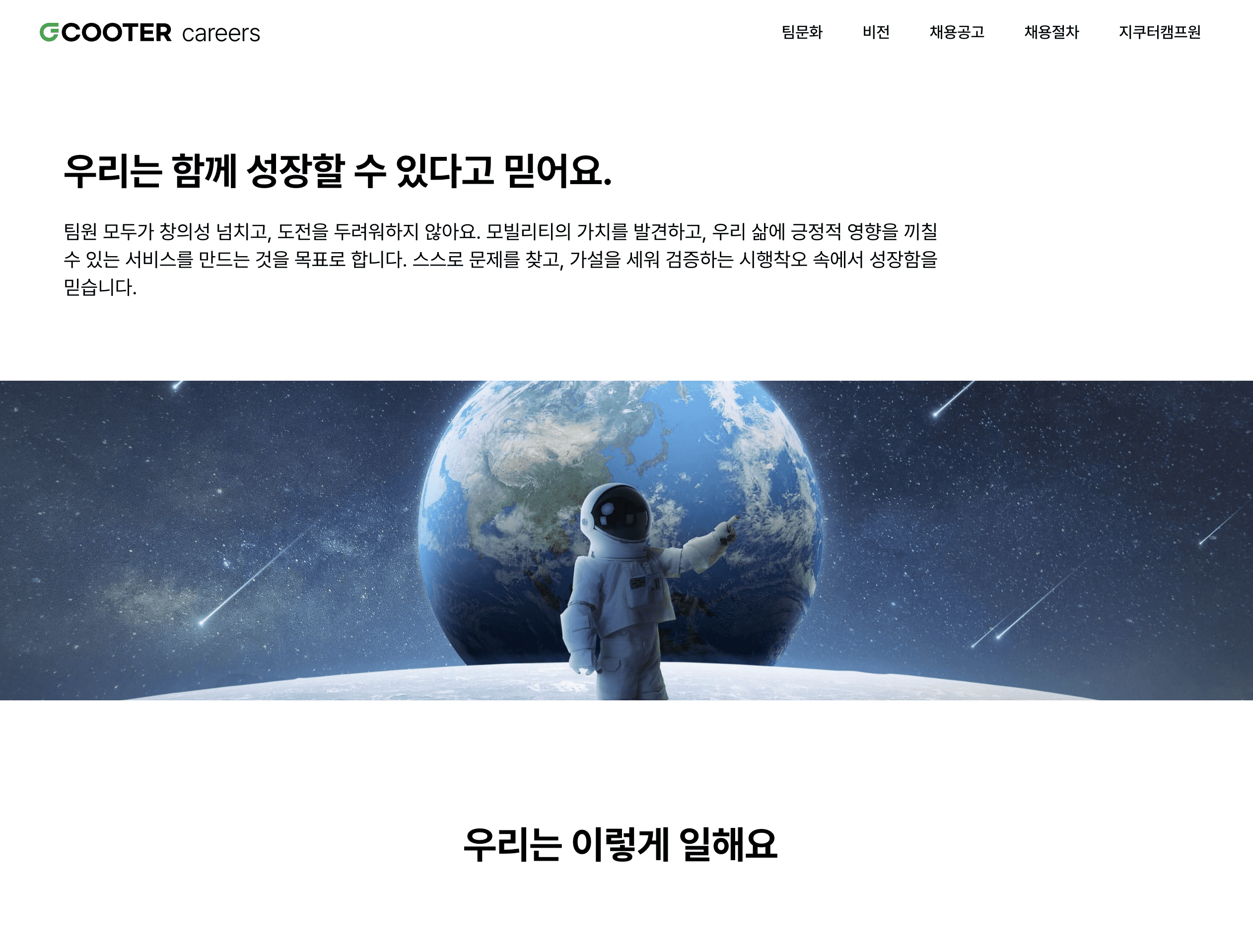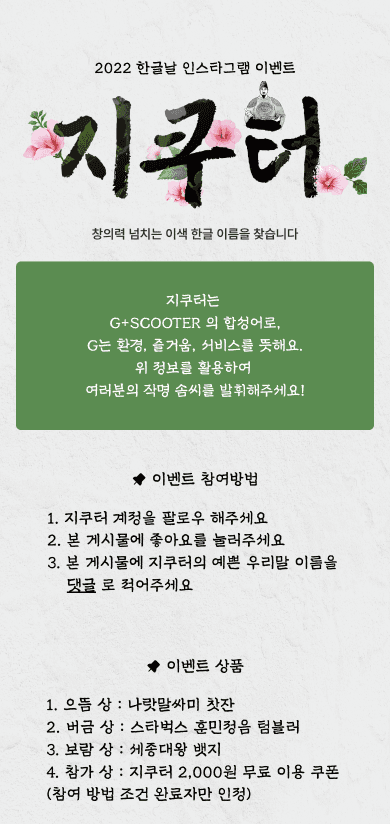
"Whoosh~ Zoom~ I wish the button transition had that feel. You know what I mean, right?"
The way we express
what we imagined efficiently
If you're a UX/UI designer or developer, you may have heard the term Framer at least once.
As the importance of User Experience is increasingly emphasized in many companies today, the importance of it within in-house services has grown, and you may have experienced endless extensions of project duration as UX elements are added.
"Whoosh~ Zoom~ I wish the button transition had that feel. You know what I mean, right?"
About ten years ago, when I first started designing, I remember feeling like I had been hit on the back of the head when I heard this at a company. At that time, I was not familiar with terms or concepts of interaction, and since most of the motion was solved with gifs or flash, designers had to do the work.
When I first encountered Framer about four years ago, it was with the launch of Framer X. Back then, it was very complex and difficult to use. But about a year ago, when it was released with the name Framer, the situation changed a lot. With an interface similar to Figma, it was not too difficult to approach, especially since there was already some understanding of React, it became more accessible.
So why is Framer necessary?
In the days when the concept of interaction and prototyping was not as familiar as one might think, companies did not feel much need for these means of interaction. Usually, the people in charge of this part were planners or UI designers, and they often used PPT to create it. However, with the importance of UX elements being maximized now, it has become very difficult to convince people with static PPT screens alone.
If you are a product designer reading this, you might think that you need to consider various UX elements in addition to participation in planning meetings, handoffs, design asset management, reviews, and communication with developers and that designers need to learn a tool called Framer to implement the design.
I thought the same at first, and the designers around me also agree. However, through Framer, the convenience is undeniable for in-house companies since it allows you to check the location, color, and font of components right away, and helps to convey more accurately what kind of product the designer wants to implement and how the development should be done.
Introducing Framer to GCOO
From small startups to unicorn companies, the current concern is the lack of development resources, namely the shortage of development personnel and time. The GCOO team, in preparation for going global, faced the same issue and wanted to improve the user experience for GCOO users with minimal resources and time. To make this possible, they first mentioned Framer. GCOO had been creating prototypes with Figma, so they started using Framer not just for prototyping but also for events, campaigns, or publishing, such as creating a customer satisfaction page and a carbon neutrality page. As a result, Framer has played a significant role in solving resource shortage issues for the GCOO team and has effectively improved the user experience.
GCOO Carbon Neutrality Campaign
In addition, we have increased work efficiency by working with Framer on everything from the service guide in the GCOO app to the GCOO global website and recruitment page.

Part of the GCOO Recruitment Page
As a core skill set, when you look at 'the whole forest' and plan, design, and develop, the GCOO team members proceed to draw detailed textures and leaves of trees in an active agile manner, leading to high-quality results and reducing working time, thus being efficient and not wasting resources.
Thanks to this, it was possible to produce greetings for Chuseok, Hangul Day, and Liberation Day quickly.

GCOO Notice Page for Chuseok

GCOO Notice Page for Hangul Day
Also, in urgent situations where there was a problem with the server, it was possible to design and publish notices in just 10 minutes.
GCOO has always been sincere in user experience, striving to become a better brand, not just a service-supporting design. Moreover, it is finding new solutions to problems and continues to strive for improvement.
Please keep an eye on our process of providing the best user experience to our users through Framer in the future.




